The most terrifying cannibal animals
Cannibalism is not a rare phenomenon in the animal world. According to scientists, there are currently more than 1,500 species of animals that engage in cannibalism. These cannibalistic species exist both on land and in water.
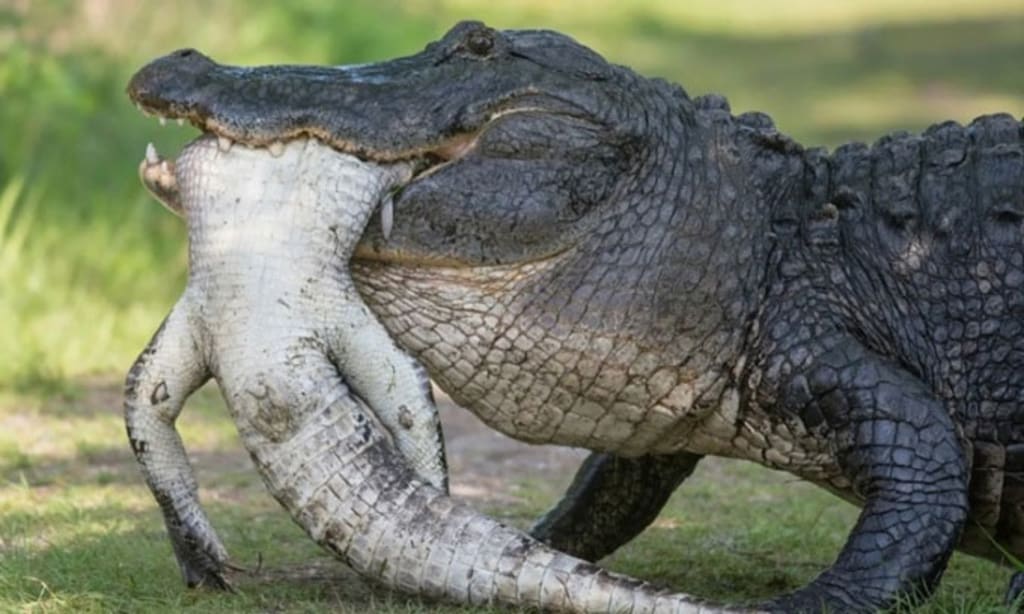
Sand tiger shark
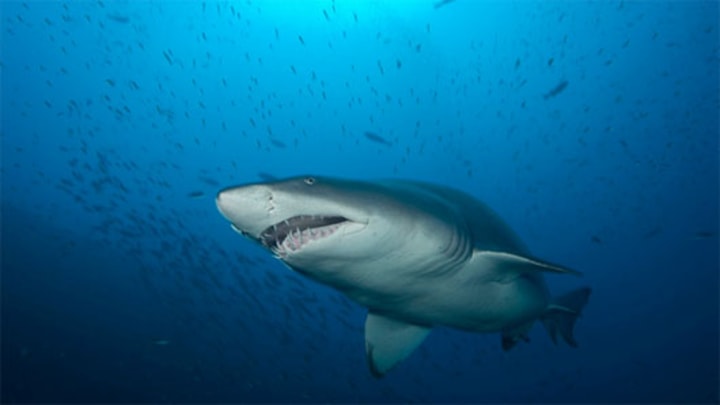
Sharks are without a doubt one of nature's most advanced killers. They are born with killer instincts right from the womb.
During the breeding season, a mature female sand tiger shark can usually have 6-7 embryos in her uterus, but only one will survive. The first baby born will eat the babies that are still in their egg shells. It then continues to attack and eat the unfertilized eggs in the mother shark's uterus. With a high protein content obtained from the first meals, this baby can be up to 3 feet long when born. With such a body shape, even when young, sand tiger sharks are not afraid of being bothered by any animals in the ocean.
Prairie dog (Also known as prairie dog)
Prairie dogs are the scariest and cutest serial cannibals you'll ever know.
Thanks to the work of behavioral ecologist John Hoogland, we know that some prairie dogs engage in this terrifying behavior. Fortunately, not all of these cute animals do.
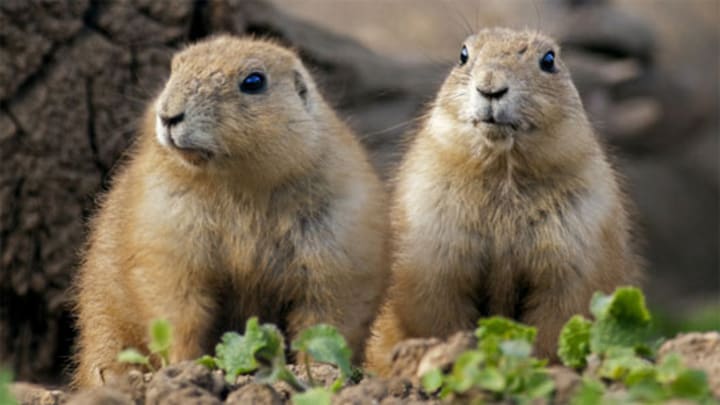
“We found that most of the offspring were mated, but very few were weaned,” said John Hoogland, who began studying rodents in 1974.
The researchers noticed that some females would go down to the burrows of other related females and when they emerged they would often have blood on their faces. “We found that most of the babies had been eaten down there ,” Hoogland said.
“The killing of young by females of other females in the family to increase the survival chances of their own young is an extreme act of competition,” Hoogland said.
In that sense, this is truly a cannibalistic world of prairie dogs.
Cane toad
Toads eat toads? Can you believe it?
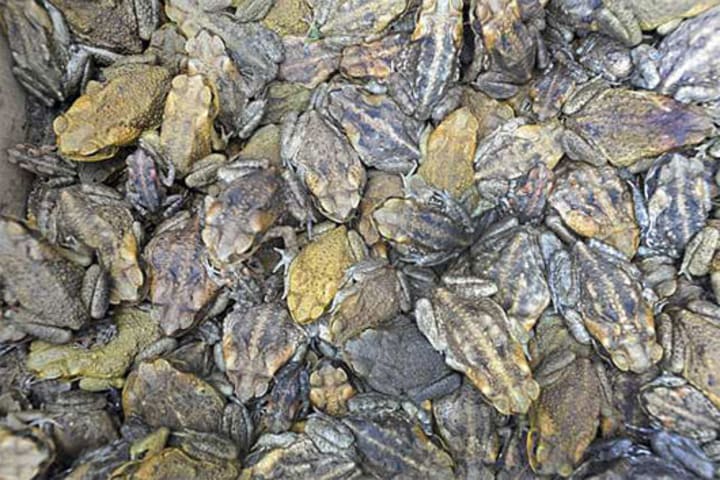
Cane toads are native to South America. They prefer to eat the eggs of their own kind as soon as they smell prey. They are particularly attracted to a type of egg-protecting poison called bufadienolides . The nutrients from these eggs help them grow and reduce future competition (according to research by the University of Sydney and James Cook University, 2011).
A 2008 study found that cane toads constantly wiggle the middle toe of their hind feet to attract prey, including juvenile toads. Researchers tested 28 juvenile cane toads and found that 64 percent of their 149 prey items were other cane toads.
Snake
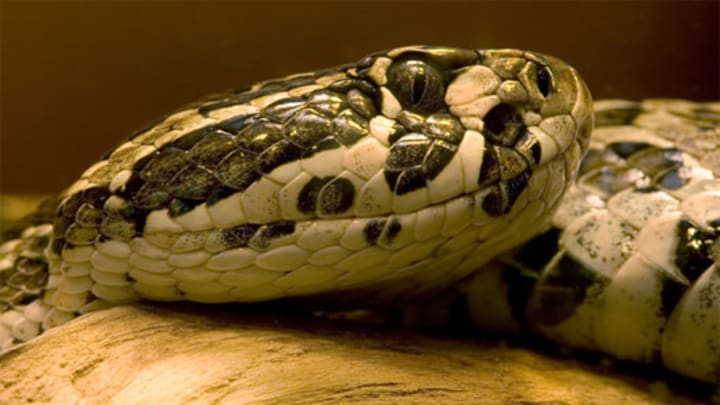
A 2009 study of Mexican flathead rattlesnakes found that 68 percent of mothers ate their young, including those that died before birth. Researchers believe this may be a way for the mother snake to regain the nutrients it needs to produce more young.
The New York Times (1901) described a story at the Bronx Zoo when black snakes became the favorite food of a giant female cobra . The cobra's voracious appetite made black snakes in the park increasingly rare.
Australian Redback Spider
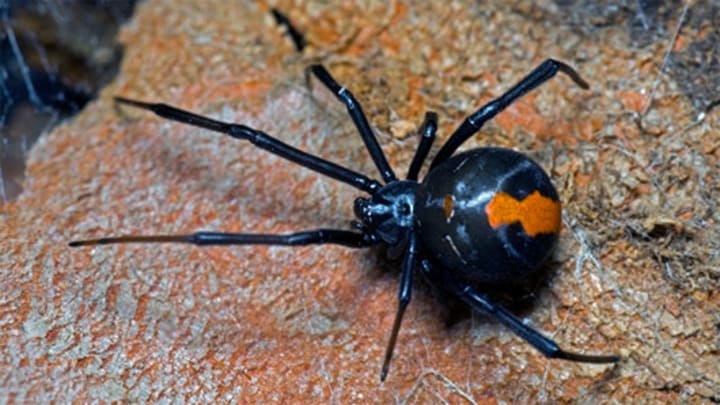
Male Australian redback spiders will sacrifice themselves by riding on the female's mouthparts during mating, thereby transferring their sperm as they become… their mate's meal.
Maydianne Andrade of the University of Toronto Scarborough in a 2003 study showed that male Australian redback spiders that were eaten (65% of the time) mated longer and produced twice as many offspring as males that were not eaten.
Alligator
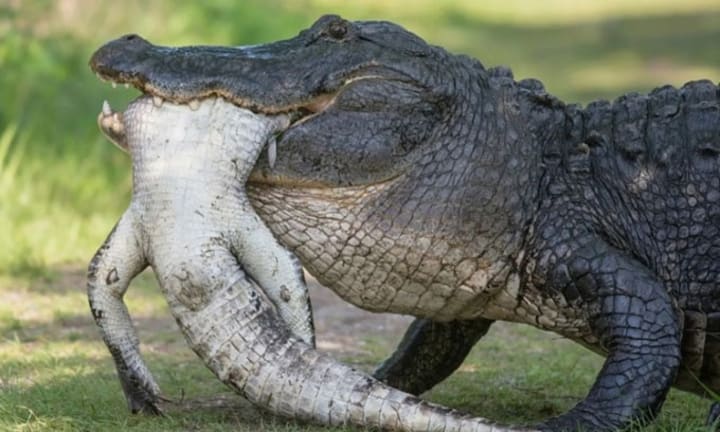
Crocodiles are willing to eat smaller crocodiles.
Alligators eat a variety of prey, including other alligators. Port Charlotte resident Tammy Shaw witnessed a large alligator eating a smaller one in Silver Springs State Park in Florida in 2022. Adam Rosenblatt, an assistant professor of biology at the University of North Florida who studies American alligators (Alligator mississippiensis), said the behavior has been going on for millions of years. Alligators swallow smaller animals whole and then use their jaws to swing larger prey into bite-sized pieces, a process known as the “wheel of death . ”
Mantis
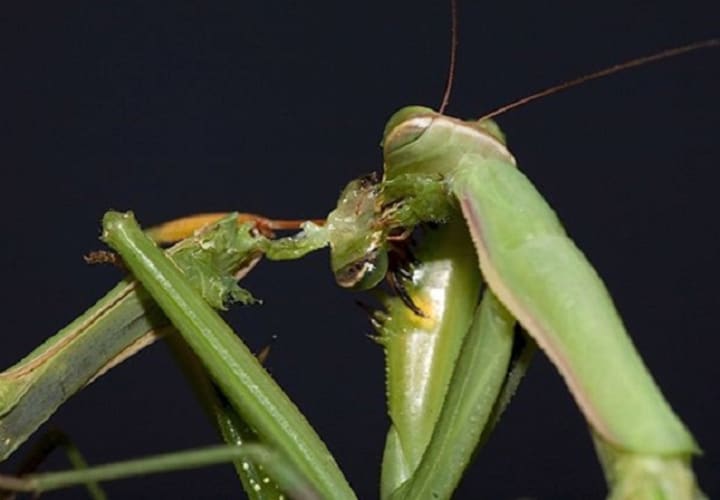
Female praying mantises are notorious for biting off the heads of males during mating. Despite the loss of their heads, the ventral nerve ganglia on the mantis's body keep it alive for several hours, and mating continues as normal. The male mantis can escape death if he quickly jumps off the female's back immediately after mating is complete.
Scorpion
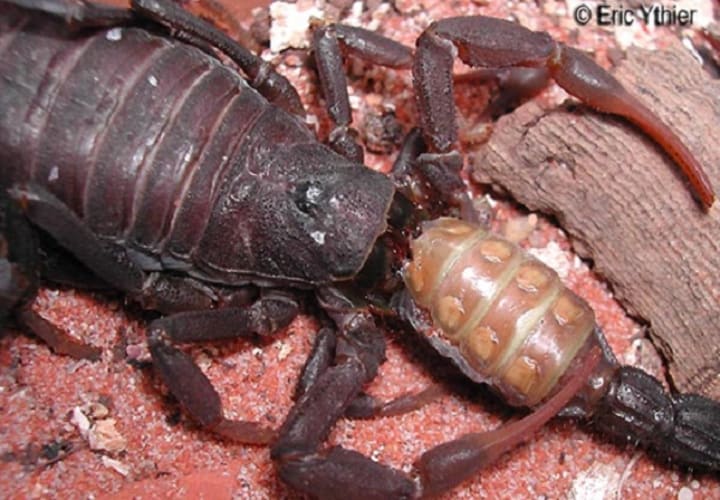
Scorpions are solitary creatures. When they encounter other scorpions, they often fight and the losing scorpion is then eaten by its scorpion. About a quarter of a scorpion's diet consists of the flesh of other scorpions. Like many spiders and insects, scorpions are sexually cannibalistic.
Mormon Spoon
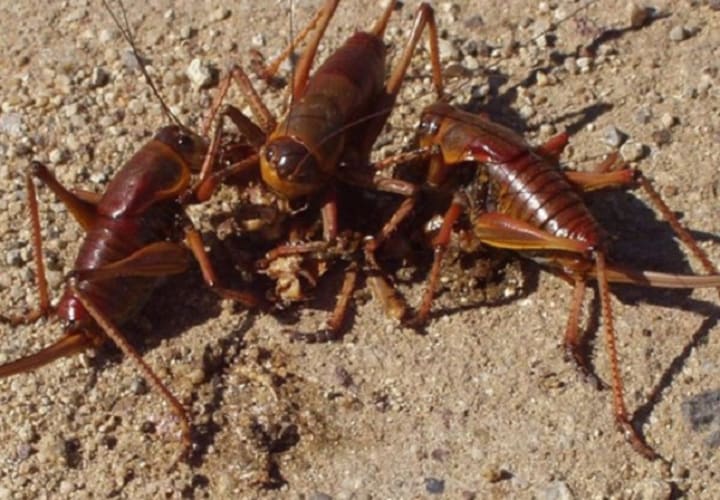
Mormon bats are closely related to crickets and live in North America. They often travel in large flocks in search of food. Any dead bats that are exhausted become valuable food for their fellow bats, as their bodies are an important source of protein and minerals.
Lion

Lions live in prides, and each pride has an adult male lion as its leader. Young male lions often fight with the leader to gain leadership. If successful, they often kill the cubs of the old leader as a way to assert their position and power within the pride.
Gorilla
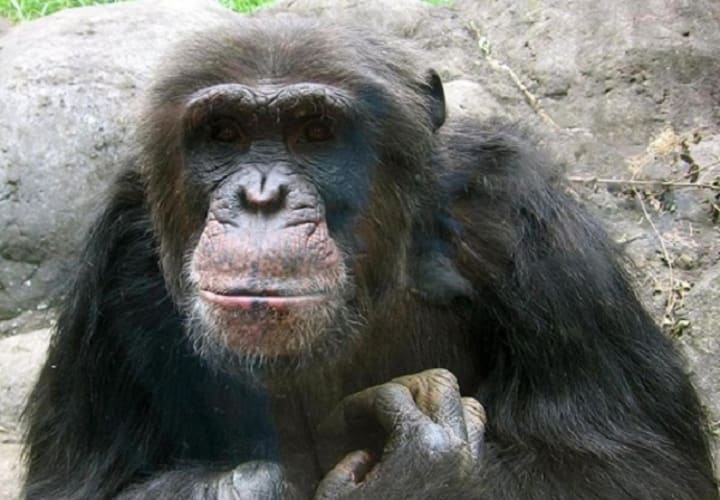
Chimpanzees are the closest living relatives of humans and are also one of the most intelligent animals. However, few people know that chimpanzees are cannibals. Chimpanzee groups sometimes organize collective hunts and catch baby chimpanzees to eat.
Jaguar
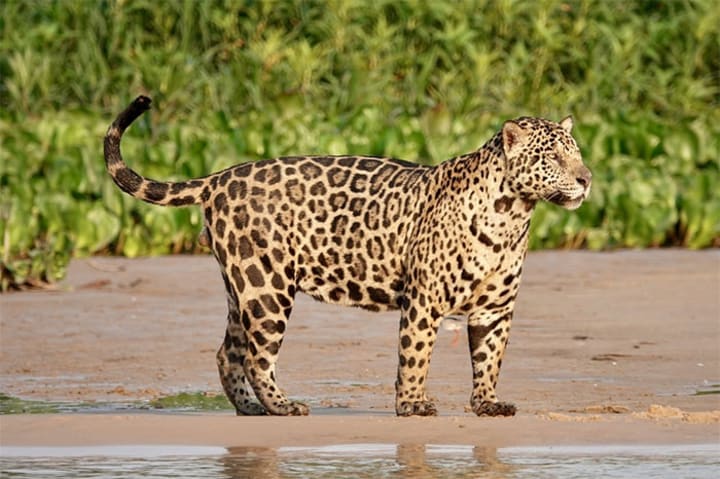
Leopards can also kill and eat their cubs, although this is rare.
A 2010 study published in The Southwestern Naturalist documented the first case of cannibalism in wild adult leopards (Panthera onca). Two male leopards apparently killed and partially ate a female. The researchers speculated that with abundant prey in the area, the violent encounter likely stemmed from stress when unfamiliar leopards met in the forest. Leopards can also kill and eat their cubs, although this is rare.
Tiger
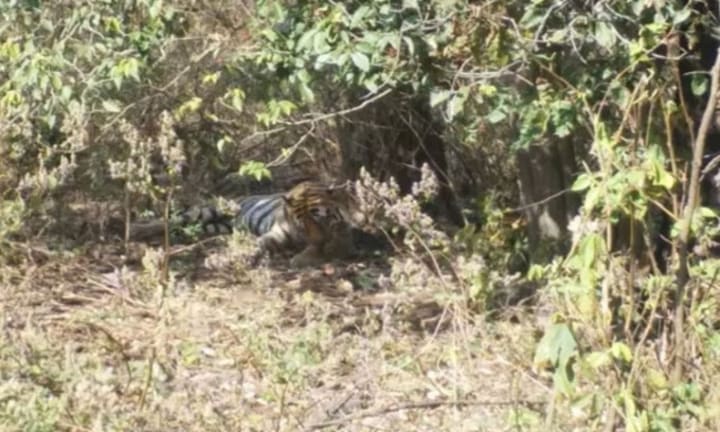
A tiger kills and eats its own kind in Kanha National Park.
Researchers are still studying cannibalism in tigers (Panthera tigris), but there is evidence that adults sometimes eat their cubs and other adults. For example, a tiger killed and ate an adult tigress and two cubs in Kanha National Park in India in 2019. Given the availability of prey, the behavior came as a surprise to officials and conservationists, according to the Times of India.
About the Creator
Ken Daklak
Telling stories my heart needs to tell <3 life is a journey, not a competition
If you like what you read, feel free to leave a tip,I would love some feedback
https://vn.shp.ee/Dxiezi6
Enjoyed the story? Support the Creator.
Subscribe for free to receive all their stories in your feed.


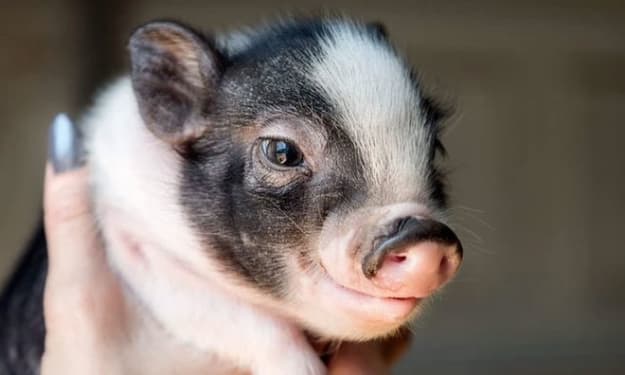



Comments
There are no comments for this story
Be the first to respond and start the conversation.